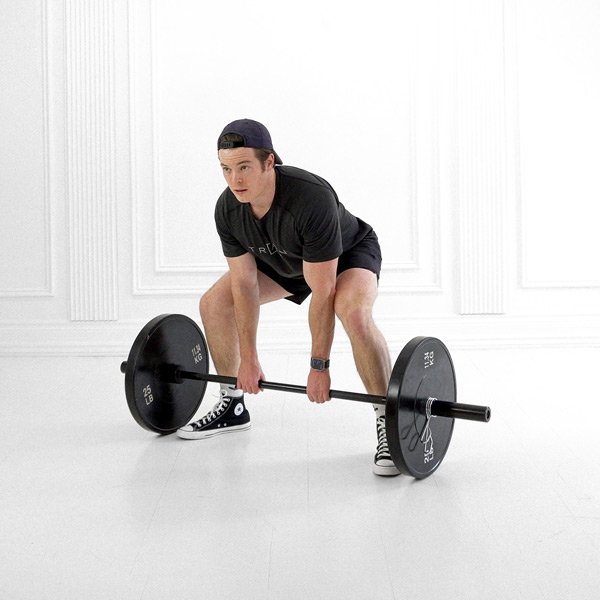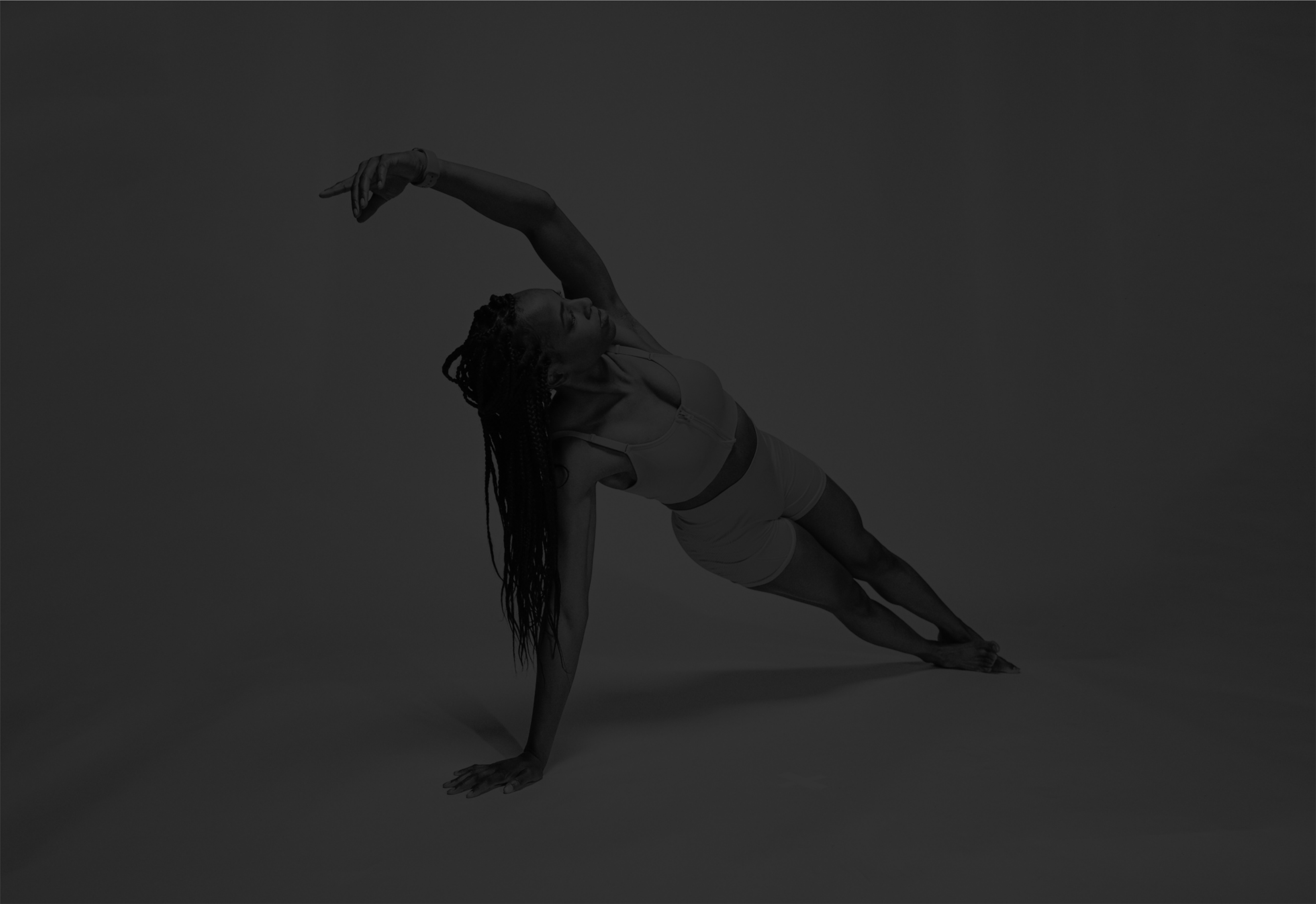Barbell Deadlift
 Auto Detected
Auto DetectedA full-body hip hinge movement using a barbell that targets the glutes, hamstrings, quads, and lower back to build strength, muscle mass, and posterior chain power.
About Exercise
Equipment
Barbell
Difficulty
3/5 • Intermediate
Primary Muscle Groups
Glutes, Hamstrings, Lower Back
Secondary Muscles
Traps, Abs, Forearms, Adductors
Accessory Muscles
Calves
Popularity Score
10
Goals
Training Style
Setup Requirements
Requires Rack
No
Requires Bench
No
Requires Spotter
No
Space Needed
Medium
Noise Level
Moderate
Muscle Breakdown
View Muscle MapGlutes
9/10Glute Max
Hamstrings
9/10Biceps Femoris, Semitendinosus, Semimembranosus
Lower Back
8/10Erector Spinae
Quads
7/10Rectus Femoris, Vastus Lateralis, Vastus Medialis
Lats
6/10Teres Major
Traps
5/10Upper Traps, Mid Traps
Abs
5/10Rectus Abdominis, Transverse Abdominis
Forearms
4/10Flexors
Adductors
4/10Adductor Magnus
Calves
2/10Gastrocnemius, Soleus
Programming
Typical Rep Range
1-5 reps
Rest Between Sets
180-300 seconds
How to Perform
Position a loaded barbell over mid-foot with feet hip-width apart. Hinge at hips, bend knees to grip bar outside legs, keep back neutral and shoulders over bar.
- Brace core and drive feet through floor to initiate lift.
- Extend knees and hips simultaneously while keeping bar close to shins.
- Maintain neutral spine as hips and shoulders rise together.
- Lock out hips and knees at top without hyperextending back.
- Hinge at hips to lower bar, bending knees once past them.
- Control descent to place bar on floor gently.
Coaching Tips
Form Cues
- Bar over mid-foot
- Pull slack out of bar
- Drive through heels
- Keep bar scraping legs
- Chest up, hips back
- Lock out without leaning back
Breathing
Inhale deeply to brace core before lift; hold breath during ascent and exhale at top or during controlled descent.
Tempo
3-0-1
Range of Motion
From bar on floor to full hip and knee extension at standing lockout, maintaining neutral spine throughout.
Safety
Safety Notes
- Avoid if acute lower back pain or herniated discs
- Use belt for heavy sets to support core
- Warm up thoroughly to prevent strains
- Stop if sharp pain in back or knees
- Consult professional with injury history
Spotting
Spotting not practical; use power rack safeties or blocks for heavy lifts to catch bar if failed rep.
Common Mistakes
- Rounding back during lift
- Pulling with arms
- Hips rising faster than shoulders
- Bar drifting away from body
- Hyperextending at top
- Bouncing bar off floor
When to Avoid
- Acute lower back injury
- Herniated discs
- Severe hamstring strains
Flexibility Needed
- Adequate hip hinge mobility
- Ankle dorsiflexion for stance
Build Up First
- Mastery of basic hip hinge
- Grip strength for bar control
Also known as
Conventional Deadlift, Standard Deadlift, Powerlift Deadlift
Found this helpful?
Share your thoughts or help us improve this guide.
Similar Exercises

Barbell Sumo Deadlift
Barbell
Glutes, Hamstrings

Barbell Landmine Deadlift

Barbell
Glutes, Hamstrings

Barbell Romanian Deadlift

Barbell
Hamstrings

Resistance Band Barbell Deadlift
Barbell, Bands
Glutes, Hamstrings

Barbell Sumo Deadlift to High Pull
Barbell, Plates
Hamstrings

Barbell American Deadlift
Barbell
Glutes

Barbell Stiff-Leg Deadlift
Barbell
Hamstrings

Barbell Single-Leg Deadlift
Barbell
Hamstrings

Barbell Romanian Deadlift to Shrug
Barbell, Plates
Hamstrings

Barbell Single-Leg Romanian Deadlift
Barbell
Hamstrings


subscribe to our newsletter
Contact Us
hello@trainfitness.aiFind Us
130 Spadina Avenue, Toronto,
Ontario, M5V 0H4, Canada
©2025 All Rights Reserved
